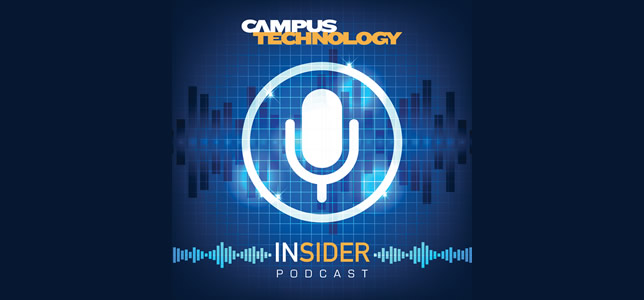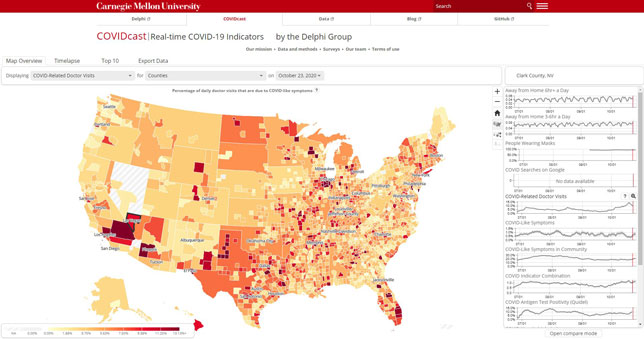
Last fall, Oregon State University launched an Ecampus online program for its introductory physics courses, with an emphasis on collaborative, hands-on work. In this episode of the Campus Technology Insider podcast, Senior Physics Instructor KC Walsh and Associate Department Head David Craig talk about how they’ve used technology, open educational resources, take-home lab kits and more to engage students from a distance.
As touch becomes a dirty word, voice technology is positioned to provide a safer alternative. In a survey by Adobe of a 1,000 voice technology users in the United States, nearly a third said sanitation (such as not needing to touch high-traffic surfaces) was a big benefit of voice technology.

Jones College's move to a paperless workflow happened to coincide with COVID-19 lockdowns. Here's how going digital enabled the institution to navigate through the pandemic, a summer enrollment increase and beyond.
Getting students actively engaged in their remote learning has a difference on the outcomes during a pandemic, according to a report published by the National Bureau of Economic Research.

For information technology leaders in higher education, one silver lining of the pandemic has been the opportunity it has given IT to shine at a strategic level. In this bonus episode of the podcast, university CIOs Jill Albin-Hill and Paige Francis share how they have been able to get involved in pandemic response planning, fast-track IT projects, provide critical solutions to campus challenges, elevate the position of IT within institutional leadership, and more.
COVID-19 hasn't just damaged new enrollment rates within most colleges and universities. According to a new report from the National Student Clearinghouse Research Center, transfer enrollment has shrunk too, by 4.7 percent overall compared to fall 2019. However, transfer rates varied wildly depending on the type of transfer being measured.
As the pandemic continues, what's happening to all the data being collected by the various programs being used by colleges and universities to deliver remote learning? That's a question explored in a new report published by think tank New America.
The Utah Education & Telehealth Network, which connects the state's K-12 schools, colleges and universities, public libraries and healthcare providers, is forging ahead with plans to set up a private LTE network to address the digital divide.
Parents are more comfortable than students with the virus response undertaken by colleges and universities. A recent survey from online bill payment company ACI found that while 57 percent of parents thought campus precautions were satisfactory, just 46 percent of students said the same.

Carnegie Mellon University is tracking mask use across the country, along with testing availability for COVID-19 and the test results, as part of a symptom survey distributed each day.